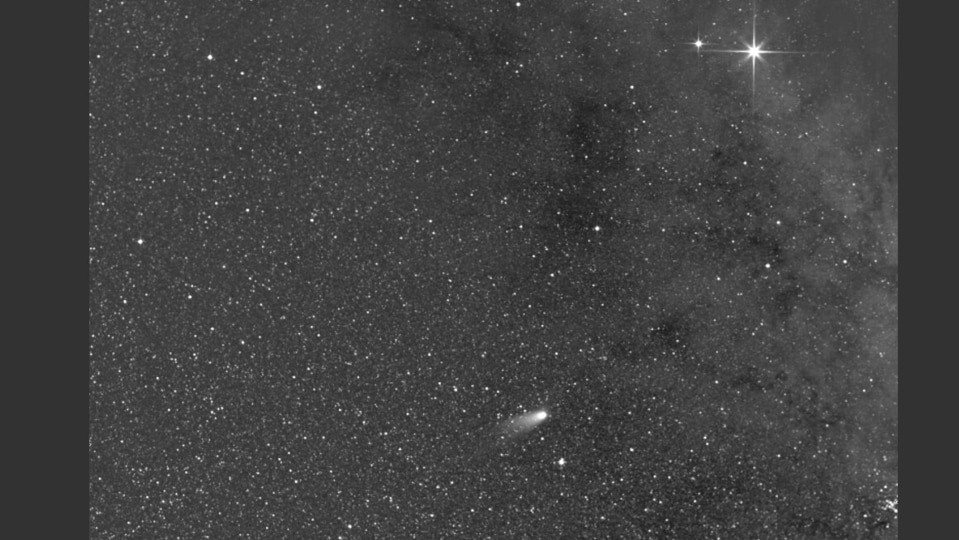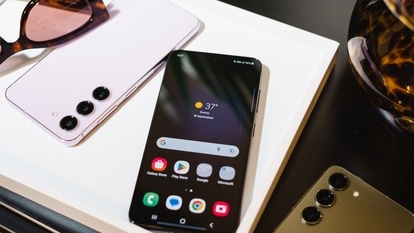Comet Leonard came VERY close to this spacecraft, see what happens
The comet Leonard passed the ESA's solar orbiter closely. Here's the footage of what happened when it did so.

The comet Leonard passed us a few weeks ago, making for a good light show for astronomers and commoners with a telescope. After passing Earth, Leonard has been heading towards the sun for its unknown fate: will it be flung around in interstellar space or be eaten up by our Sun? That's a finale awaiting us but just a few days ago, the comet passed very close one of our spacecraft and here's what happened.
Comet Leonard passed very close to the European Space Agency's (ESA) and NASA's Solar Orbiter spacecraft during the period of December 17 and December 19. No, it did not harm the spacecraft or messed up its operational things. Instead, the spacecraft got us a very good view of the “Christmas Comet” zipping past itself, hurtling towards the sun. And, in the process, it threw up a spectacular light show.
Comet Leonard captured by ESA/NASA spacecraft
The ESA released a video on its YouTube channel, showing the small footage of the comet passing by. The comet, which is half a mile wide, threw up its iconic “tail” of evaporating ice. However, the backdrop makes it more interesting since you get to see our neighbouring planets Venus and Mercury in the frame. In fact, Venus outshines the comet and everything else in the frame, while the humble Mercury sits there in the background.
“When SoloHi recorded these images, the comet was approximately between the sun and the spacecraft, with its gas and dust tails pointing towards the spacecraft,” said the ESA in an official statement.
The Solar Orbiter Heliospheric Imager (SoloHI) will continue to observe the comet until December 22, after which it will go out of the spacecraft's view. The comet itself will keep heading towards the Sun and on January 3, 2022, it will pass at a very close distance of 90 million kilometers from the Sun. The comet is either likely to break up or be shot away in deep space and might never return to use.
Catch all the Latest Tech News, Mobile News, Laptop News, Gaming news, Wearables News , How To News, also keep up with us on Whatsapp channel,Twitter, Facebook, Google News, and Instagram. For our latest videos, subscribe to our YouTube channel.
































